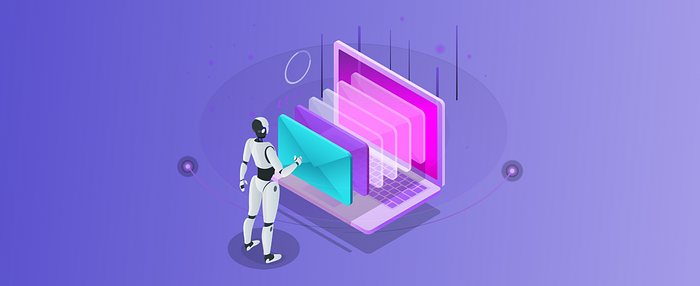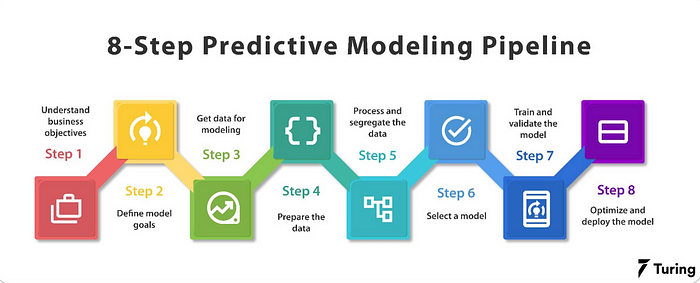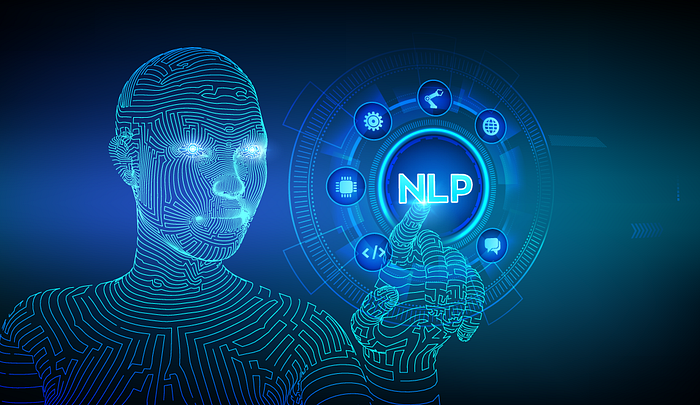

Leveraging AI to Enhance UX Design: Personalization, Predictive Modeling, Natura...
source link: https://uxplanet.org/leveraging-ai-to-enhance-ux-design-personalization-predictive-modeling-natural-language-a859f2be6577
Go to the source link to view the article. You can view the picture content, updated content and better typesetting reading experience. If the link is broken, please click the button below to view the snapshot at that time.
Leveraging AI to Enhance UX Design: Personalization, Predictive Modeling, Natural Language Processing, and Efficiency

Credit:Springboard
Artificial intelligence (AI) has the potential to revolutionize the way we design and interact with user experiences (UX). From personalized recommendations to predictive modeling and natural language processing, AI can be used in a variety of ways to enhance the UX design process and create more intuitive and efficient products and services. In this article, we’ll explore four key ways that AI can be applied in UX design: personalization, predictive modeling, natural language processing, and efficiency. We’ll delve into each of these areas in more detail and discuss how they can be used to create better user experiences.
Personalization
Personalization is all about creating tailored experiences for users based on their individual preferences and behavior. This can be particularly effective in the digital world, where it’s difficult to provide the same level of personalization that you might get in a brick-and-mortar store. AI can help by analyzing user data and using machine learning algorithms to create personalized recommendations or customizations. For example, an e-commerce site might use AI to recommend products to a user based on their previous purchases, or a news app might use AI to curate a custom feed of articles based on the user’s interests.
Predictive modeling
Predictive modeling involves using AI to predict future outcomes or behaviors. In the context of UX design, this could involve predicting how a user is likely to interact with a product or service, and suggesting actions or content that might be of interest to them. For example, a ride-sharing app might use predictive modeling to suggest alternative routes to a user based on traffic patterns, or a financial planning app might use predictive modeling to suggest investments based on the user’s risk tolerance and financial goals.

Natural language processing
Natural language processing (NLP) is a subfield of AI that focuses on enabling computers to understand and process human language. In UX design, NLP can be used to create more natural and intuitive interactions between users and devices. For example, a voice assistant might use NLP to understand and respond to voice commands, or a chatbot might use NLP to understand and respond to written questions and requests.

Efficiency
AI can be used to automate certain tasks and make them more efficient. This can be particularly useful in the customer service industry, where AI-powered chatbots can handle simple inquiries and free up human agents to focus on more complex issues. For example, a chatbot might use AI to understand and respond to common customer questions about shipping, returns, or account management, allowing human agents to focus on more complex issues that require a more personalized touch.
Recommend
About Joyk
Aggregate valuable and interesting links.
Joyk means Joy of geeK